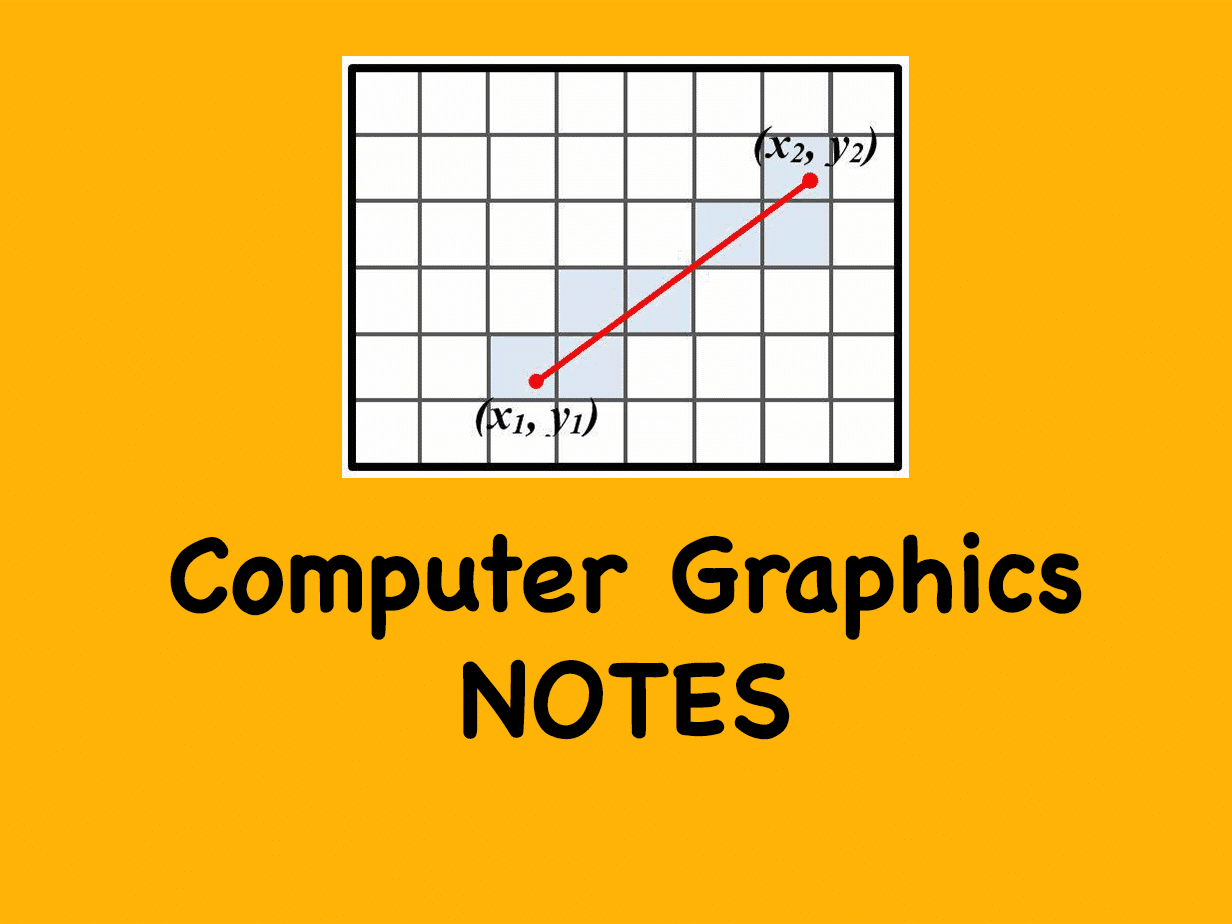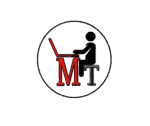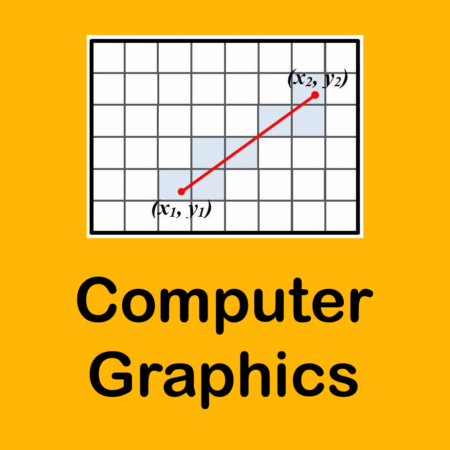Computer Graphic Notes
₹199.00
₹149.00

-
Computer Graphics Notes
- Computer Graphic Sample Notes with Index
- Introduction and Overview of Graphics System
- Output Primitives
- Two Dimensional Geometric Transformations
- Two Dimensional Viewing and Clipping
- Three Dimensional Object Representations , Geometric Transformations and 3D Viewing
- Visible Surface Detection
- Illumination Models and Surface Rendering
Computer Graphic Notes
Computer Graphics is semester 4 subject of final year of computer engineering in Mumbai University. Prerequisite: Knowledge of C Programming and Basic Mathematics.
Course Objectives of the subject Computer Graphics is to equip students with the fundamental knowledge and basic technical competence in the field of Computer Graphics. To emphasize on implementation aspect of Computer Graphics Algorithms. To prepare the student for advance areas and professional avenues in the field of Computer Graphics. Course Outcomes of the subject Computer Graphics is at the end of the course, the students should be able to describe the basic concepts of Computer Graphics. Demonstrate various algorithms for basic graphics primitives. Apply 2-D geometric transformations on graphical objects. Use various Clipping algorithms on graphical objects Explore 3-D geometric transformations, curve representation techniques and projections methods. Explain visible surface detection techniques and Animation.
Computer graphics deals with generating images with the aid of computers. Today, computer graphics is a core technology in digital photography, film, video games, cell phone and computer displays, and many specialized applications. A great deal of specialized hardware and software has been developed, with the displays of most devices being driven by computer graphics hardware. It is a vast and recently developed area of computer science. The phrase was coined in 1960 by computer graphics researchers Verne Hudson and William Fetter of Boeing. It is often abbreviated as CG, or typically in the context of film as computer generated imagery (CGI). The non-artistic aspects of computer graphics are the subject of computer science research. Computer graphics is responsible for displaying art and image data effectively and meaningfully to the consumer. It is also used for processing image data received from the physical world, such as photo and video content. Computer graphics development has had a significant impact on many types of media and has revolutionized animation, movies, advertising, video games, in general.
Module Introduction and Overview of Graphics System consists of the following subtopics Definition and Representative uses of computer graphics, Overview of coordinate system, Definition of scan conversion, rasterization and rendering. Raster scan & random scan displays, Architecture of raster graphics system with display processor, Architecture of random scan systems. Module Output Primitives consists of the following subtopics Scan conversions of point, line, circle and ellipse: DDA algorithm and Bresenham algorithm for line drawing, midpoint algorithm for circle, midpoint algorithm for ellipse drawing (Mathematical derivation for above algorithms is expected). Aliasing, Antialiasing techniques like Pre and post filtering, super sampling, and pixel phasing). Filled Area Primitive: Scan line Polygon Fill algorithm, inside outside tests, Boundary Fill and Flood fill algorithm. Module Two Dimensional Geometric Transformations consists of the following subtopics Basic transformations: Translation, Scaling, Rotation Matrix representation and Homogeneous Coordinates Composite transformation. Other transformations: Reflection and Shear Two-Dimensional Viewing and Clipping. Viewing transformation pipeline and Window to Viewport coordinate transformation. Clipping operations: Point clipping, Line clipping algorithms: Cohen Sutherland, Liang: Barsky, Polygon Clipping Algorithms: Sutherland Hodgeman, Weiler-Atherton. Three Dimensional Geometric Transformations, Curves and F0ractal Generation. Module 3D Transformations consists of the following subtopics Translation, Rotation, Scaling and Reflection Composite transformations: Rotation about an arbitrary axis, Projections – Parallel, Perspective. (Matrix Representation). Bezier Curve, B-Spline Curve, Fractal-Geometry: Fractal Dimension, Koch Curve. Module Visible Surface Detection and Animation consists of the following subtopics Visible Surface Detection: Classification of Visible Surface Detection algorithm, Back Surface detection method, Depth Buffer method, Area Subdivision method. Animation: Introduction to Animation, Traditional Animation Techniques, Principles of Animation, Key framing: Character and Facial Animation, Deformation, Motion capture.
Suggested Reference books for subject Computer Graphics from Mumbai university are as follows Hearn & Baker, “Computer Graphics C version”, 2nd Edition, Pearson Publication 2 James D. Foley, Andries van Dam, Steven K Feiner, John F. Hughes, “Computer Graphics Principles and Practice in C”, 2ndEdition, Pearson Publication 3 Samit Bhattacharya, “Computer Graphics”, Oxford Publication. Suggested Text books for subject Computer Graphics from Mumbai university are as follows D. Rogers, “Procedural Elements for Computer Graphics”, Tata McGraw-Hill Publications. 2 Zhigang Xiang, Roy Plastock, “Computer Graphics”, Schaum‟s Outlines McGraw-Hill Education 3 Rajesh K. Maurya, “Computer Graphics”, Wiley India Publication. 4 F. S. Hill, “Computer Graphics using OpenGL”, Third edition, Pearson Publications.
Prepare For Your Placements: https://lastmomenttuitions.com/courses/placement-preparation/
![]()
/ Youtube Channel: https://www.youtube.com/channel/UCGFNZxMqKLsqWERX_N2f08Q
Follow For Latest Updates, Study Tips & More Content!
Course Features
- Lectures 8
- Quizzes 0
- Duration 50 hours
- Skill level All levels
- Language English
- Students 55
- Certificate No
- Assessments Yes


